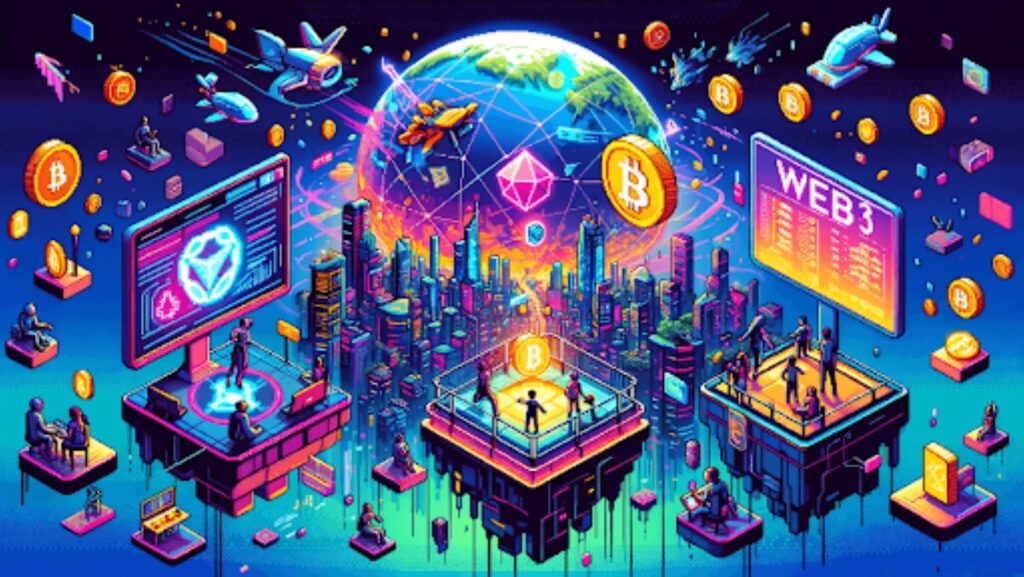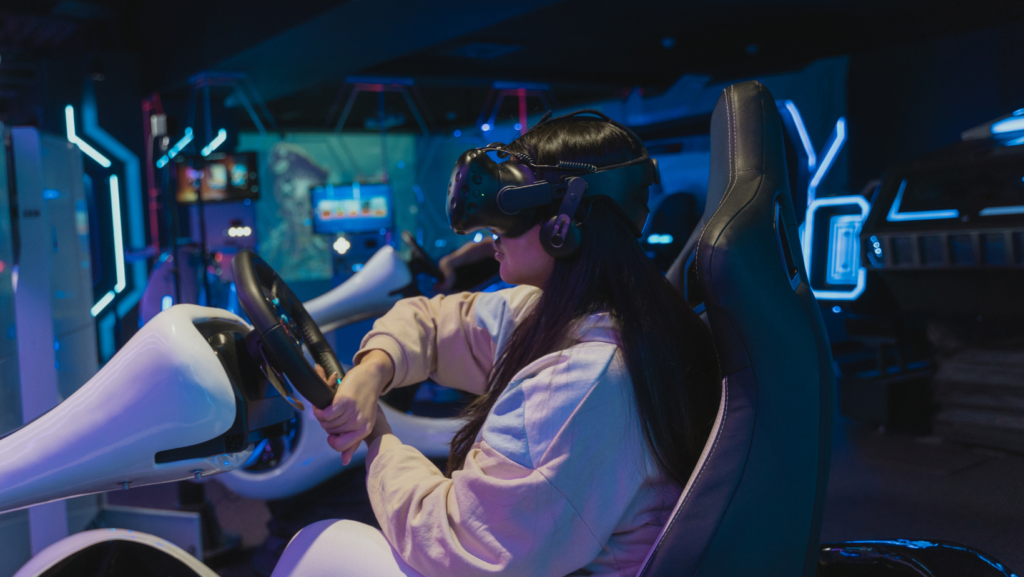Initially, video games were created for simple entertainment. Now, they have evolved into an actual wealth-generating mechanism. Virtual items that were on receipt of value only in games are now considered assets by fighting for their proper standing through unification with blockchain and cryptocurrency.
The gaming sector has experimented with all sorts of cryptocurrencies, ranging from solid projects to meme-coin-style experiments like the Shiba Inu Coin, whose user community has gotten phenomenally behind gaming integrations.
As Shiba Inu Coin and similar tokens are gaining traction in the gaming sphere, they are filling the niche between virtual entertainment and real-world dollar values and opening new avenues for gamers to monetize their skills and Adigiasset collections.
The Evolution of Gaming Value
The transition took place between a mere entertainment device and the most appropriate use of investment. It started with essential in-game purchases and has morphed into more significant complexities in matters of virtual economies whose goods can be traded for real money.
This means that digital assets- including character skins and virtual real estate- pave the way for actual investing. This connotes parallelism with the evolution of some traditional collecting hobbies, such as trading cards, into multi-billion-dollar markets.
How Gaming Items Became Real Assets
Blockchain technology revolutionized ownership in gaming by creating verifiable scarcity and actual ownership. Each virtual item becomes a unique, traceable asset on the blockchain.
Unlike traditional games, where items are locked within the game’s ecosystem, blockchain-based items can be freely traded across different platforms. Smart contracts ensure transparent transactions, while NFT technology guarantees authenticity and ownership rights.
Play-to-Earn Revolution
The gaming industry has shifted from a pay-to-play model to a play-to-earn ecosystem, empowering players to earn cryptocurrency tokens, rare NFTs, and digital assets through skilled gameplay. Popular games like Axie Infinity have shown how players can earn substantial income through breeding virtual creatures, winning battles, and trading assets.
This model has created new opportunities, especially in developing countries where gaming can provide significant income. These digital rewards can be:
- Sold for real money
- Traded for other valuable items
- Held as investments
- Used across different games
Success Stories from Gaming
Real-world success stories abound in the blockchain gaming space. Some virtual land parcels in games like Decentraland have sold for hundreds of thousands of dollars. Professional guilds have formed around play-to-earn games, creating scholarship programs that help new players enter the ecosystem.
Individual players have built substantial portfolios through strategic trading and gameplay, with some reporting full-time incomes from their gaming activities. Professional gamers now earn through:
- Tournament winnings
- Asset trading
- Virtual land ownership
- Creating and selling game items
- Building virtual businesses
The Technology Behind It
The infrastructure supporting blockchain gaming combines several advanced technologies. Smart contracts automate trades and ensure fairness. Digital wallets securely store assets using sophisticated encryption.
NFT standards like ERC-721 and ERC-1155 enable unique item creation and ownership. Cross-chain bridges allow assets to move between different blockchain networks, creating a more connected gaming ecosystem. Blockchain gaming uses several key technologies:
- Smart contracts ensure fair trading
- Digital wallets store gaming assets
- NFTs prove ownership of unique items
- Cryptocurrencies enable accurate value exchange
New Gaming Economics
Virtual economies in games now mirror real-world economic principles. Players can establish businesses within games, from virtual real estate development to digital art galleries.
Game-based financial systems include lending, staking, and yield farming opportunities. Some games have developed complex economic models with multiple tokens, governance systems, and investment opportunities.

Games now have real economies. Players can:
- Earn steady income through gameplay
- Build valuable collections
- Invest in virtual real estate
- Create and sell digital items
- Join gaming guilds for shared profits
Impact on Game Design
Developers are creating new types of games:
- Virtual worlds with real economies
- Trading card games with valuable cards
- Strategy games with ownable territories
- Creative platforms where players build and sell content
Community Benefits
This change helps gaming communities:
- Players earn from their skills
- Creators get paid for their work
- Communities control their games
- Value stays with players, not just companies
Risks and Challenges
Important considerations include:
- Market volatility
- Game longevity
- Security concerns
- Learning curves
- Initial investment needs
Future Possibilities
The future looks exciting:
- More games add asset ownership
- Improved earning opportunities
- Better technology integration
- Wider acceptance of gaming assets
- Cross-game item usage
Getting Started
New players should:
- Research blockchain games
- Understand basic cryptocurrency concepts
- Start with small investments
- Join gaming communities
- Learn about digital wallets
Real World Impact
This revolution affects more than gaming:
- New job opportunities
- Alternative income sources
- Digital asset markets
- Investment options
- Technology innovation
Conclusion
Gaming’s transformation from entertainment to asset creation represents a fundamental shift in how we value virtual items. The integration of blockchain technology and cryptocurrencies has created an ecosystem where digital ownership has tangible value.

As technology improves and more players join this new economy, the line between virtual and real value continues to blur, with platforms supporting both traditional gaming tokens and popular cryptocurrencies for transactions.
Major gaming companies are now building dedicated marketplaces and incorporating digital asset trading features, recognizing that players want more control and ownership of their virtual investments.



